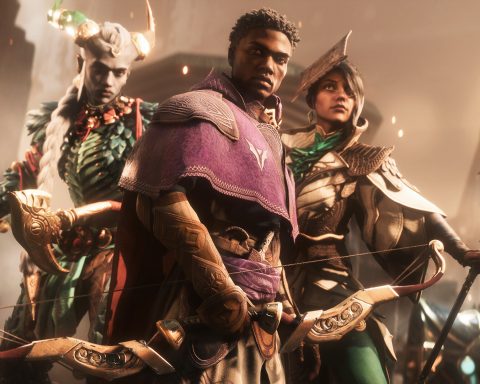With all of the game studios and publishers that have been shut over the past year or so, even the most vocal advocates of the games industry would be hard pressed to call this a “healthy” industry.
There are plenty of arguments over where the specific profitability issues that game developers encounter comes from, and I am certainly not going to try and narrow that down here, but it can be boiled down to one reality – the margins in game development are just not there to support gaming at its current price points.
“But hang on, games are already too expensive!” It’s a common argument when people mention margin in the games industry. From one perspective, that much is true – a movie costs around $AU20 at the cinema, or $30 for the DVD/ digital download. Books – especially e-Reader downloads – cost $20 at most. Thanks to the likes of Spotify music costs a couple of dollars a month for millions of tracks. By comparison, $80 for a game seems quite high.
So how can we have “expensive” games but “low margins” for game developers? It’s a fundamental tension that we see in gaming between the consumer and the game maker, and though I think the industry as a whole is aware of the underlying reason for this tension, I think it bears repeating, as the message seems to get lost a lot in the debate:
There are two “prices” in game design. The financial cost – as in the money that exchanges hands between consumer and retailer, and then the time investment.
That time investment is a genuine and crippling cost in the games industry for many developers, and it is one that many developers and publishers don’t grapple with very well at all. It’s easier to think about this with a visual; let’s imagine Call of Duty. It’s a popular game that retails for $80 or so. People buy that game and get involved with the online, and play through the single player game a couple of times on various difficulty levels. It’s not unreasonable to think that a moderate Call of Duty fan would spend 100 hours playing the game.
That time is lost time to the games industry. In other words, for that 100 hours no game publisher has an opportunity to sell a new game to the player. For the month or two that it takes the player to chalk up 100 hours play, they may well not feel the need to buy another game. In other words, there is a significant gap in time between when a typical game player buys a game, and feels the need to buy another.
This is a nearly unique problem that the games industry faces. A trip to the cinema takes two, perhaps three hours. For someone who is a fan of films there is the potential for a film companies to sell 40, or more, films to one person, even as the gamer is still playing the one game.
To do the maths in that context: the gamer plugs $80 back into the industry for his 100 hours time. The equivalent film fan could potentially spend $800.
These are hypothetical numbers of course, and assume that the film fan doesn’t have other things to spend money on that watching film. The point that is pertinent here is that games industry consumers offer a relatively poor dollar value for the time they spend being involved in the industry.
While games suddenly become good value for money when you consider a cost: time ratio, this is a long term problem for the people that make the games, because it ultimately means that there are fewer individual copies of games sold. Five different film makers and studios might get a piece of one individual’s discretionary spend when they go to five different movies over the course of a month. Someone might go and watch The Avengers, but then they might go back a couple of days later to watch an independent/ arthouse title from a completely different production company. Meanwhile, one game maker gets a nice chunk of cash once a gamer who buys a game and then plays that over the course of a month.
It makes it more risky for game developers to do something different. When there’s a Call of Duty and Assassin’s Creed title on the shop shelf, an unknown property developed by a mid-tier developer is way too easy to overlook. If the release of such a game is not timed perfectly, than the very brief window where enough gamers might be on the market for a new game slams shut quickly.
And in this industry, one failed game now can mean studio closure.
How can the games industry tackle this issue? With mobile games giving ever more content for ever-lower prices (and say what you like about Angry Birds, there are dozens of hours of play in each title for $1), it’s an interesting question. I am not even going to take a stab at possible answers in this piece, but DLC and microtransactions (gaining secondary income from time that people are already investing time in your games is like selling popcorn to someone already in the cinema) is looking like a good, stable opportunity moving forward.
Regardless how the industry does tackle the issue, in these debates about games and price, it is worth bearing in mind that while games might well be relatively expensive for consumers in terms of up-front cost, the intangible cost of players time that the game makers have to absorb is incredible.







